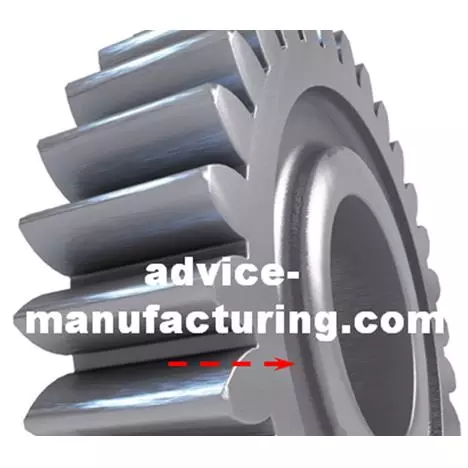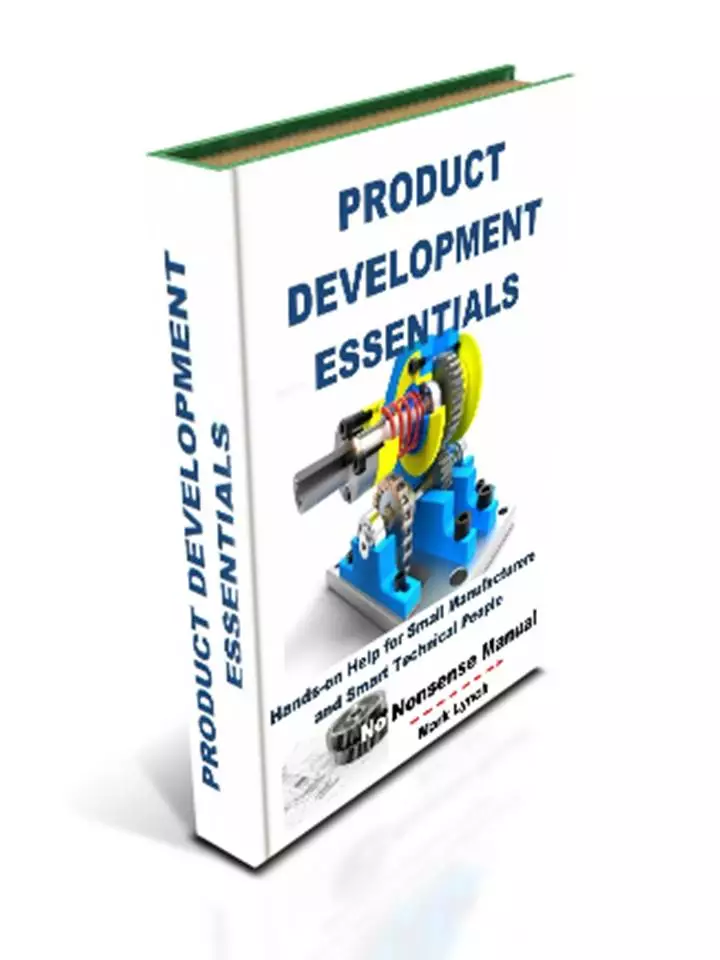'Hands-on Help for SMEs' and Smart Technical People'
3D Printing
Industry Trends:
What everybody else is doing
3D Printing Industry Trends
The Wohlers Report is published annually and provides a detailed picture of the 3D Printing / Additive Manufacture industry, taking into account worldwide trends and statistics. Wohlers provide a thorough review and analysis of all 3D Printing technologies and their global adoption.
3D Printing system sales remain buoyant over the last few years, despite the global slowdown. Most additive technology systems are purchased by service providers (bureaus), manufacturing and product development businesses attempting to reduce product development cycle times, as well as by academic and research establishments. North America is the lead market for the installation of 3D Printing systems, followed by Europe. Close behind is the Asia/Pacific region. Other smaller markets include South America, Africa and the Middle East.
Rapid prototyping during the product development process remains the most popular use of 3D Printing, ahead of rapid manufacturing of final production-ready parts. However the latter is steadily increasing as prices fall, more materials become readily available, machine capability increases and engineers are increasingly aware of what is possible. 3D Printing for production (rapid manufacturing) is being used in a range of industry sectors. These include dentistry/medical, aerospace, defence, automotive and motorsport. General engineering and industrial machinery development are also witnessing an increase. Direct Laser Metal Sintering (DLMS) is a significant technology in the trend for increased rapid manufacturing.
An Alternative 3D Printing Industry Trend....
An interesting and dramatic trend has been the uptake of 3D Printing in the DIY Market. Here, individuals are increasingly buying low cost machines and then producing their own 3D parts, either from CAD files they have downloaded or CAD models they have produced themselves. Frequently referred to as the DIY Maker Movement; a thriving online community exists where users share files and advice in an open source online environment. Users exist beyond design and manufacturing. The creative industries, amateurs and enthusiasts from various backgrounds continue to contribute. Low cost machines can be assembled by the user. 3D models can be downloaded free from libraries which CAD designers and other users constantly add to. Continual improvement is a key theme, both in terms of the capability of machines, as well as advice, hints and tips.
3D Printing service providers, referred to as bureaus elsewhere here, often offer additional design and manufacturing processes to compliment 3D Printing. These include CAD design engineering services, vacuum casting, 3D scanning, general engineering and tooling design.
Future 3D Printing Industry Trends...
Future trends in 3D Printing include the continued rise in the DIY Maker Movement. Open source web use is likely to impact the way engineers and manufacturers exploit the technology, with increased file sharing and web-based collaborative problem solving. Just as this trend has involved many individuals not traditionally associated with manufacturing, future events may be shaped and influenced by those not directly involved in production processes. These include students, researches, inventors and entrepreneurs. The result may be the evolution of alternative business models.
A greater range of engineering materials and further refinement of 3D Printing manufacturing processes will reduce costs. The result is likely to be a greater adoption of the technology, more deeply and broadly across industry. 3D Printing will be adopted more as a prototyping technique during product development, as manufacturers react to commercial pressures to shrink lead-times, customise standard products and innovate to produce increasingly complicated components. Rapid manufacturing of production-ready parts will increase as the cost of 3D Printing techniques and materials fall. Polymers and particularly metallic 3D parts will begin to replace some components traditionally produced with conventional manufacturing methods.
Print speeds will become faster. Systems will become more intelligent with diagnostics checking and validating CAD models, to ensure they are optimised for better quality parts. The availability of CAD models will increase with vast libraries available from which to download components. Manufacturers will have to adapt, potentially enabling spare parts to be downloaded, possibly for a fee.
Medium-to-longer term trends include common place printing in a variety of different materials, from the same machine. Eventually the printing of complete products may move a step closer. This will have implications for ownership of intellectual property and patent law.
Summary of 3D Printing Industry Trends
The demand for 3D Printing is expected to remain strong. It is likely to continue to grow, driven by consumer and industrial demand for products. The trend is likely to increase with the economic upturn, and as nations realise a vibrant innovative technological sector is crucial for economic success.
A spotlight on 3D Printing Industry Trends (Courtesy of Wolhers Associates)
Next... Making it happen: CAD Engineering Action Plan 1
Back to 3D Printing Additive Manufacturing or CAD Engineering Essentials
3D Printing / Additive Manufacturing... Genuine Transformative Technology or Over-hyped by the media? Have your say...
There's been a lot said about 3D Printing / Additive manufacturing. But for manufacturing industry what do you think its true potential is? And is it starting to fulfil that potential?
Some manufacturers have had tangible results. But what's your experience? We’re interested so please let us know!
- Share your story... and get a FREE copy of our report 'Helping You and Your Manufacturing Business Thrive'...
PS: Feel free to name-drop your firm! There's nothing wrong with a bit of free publicity!











